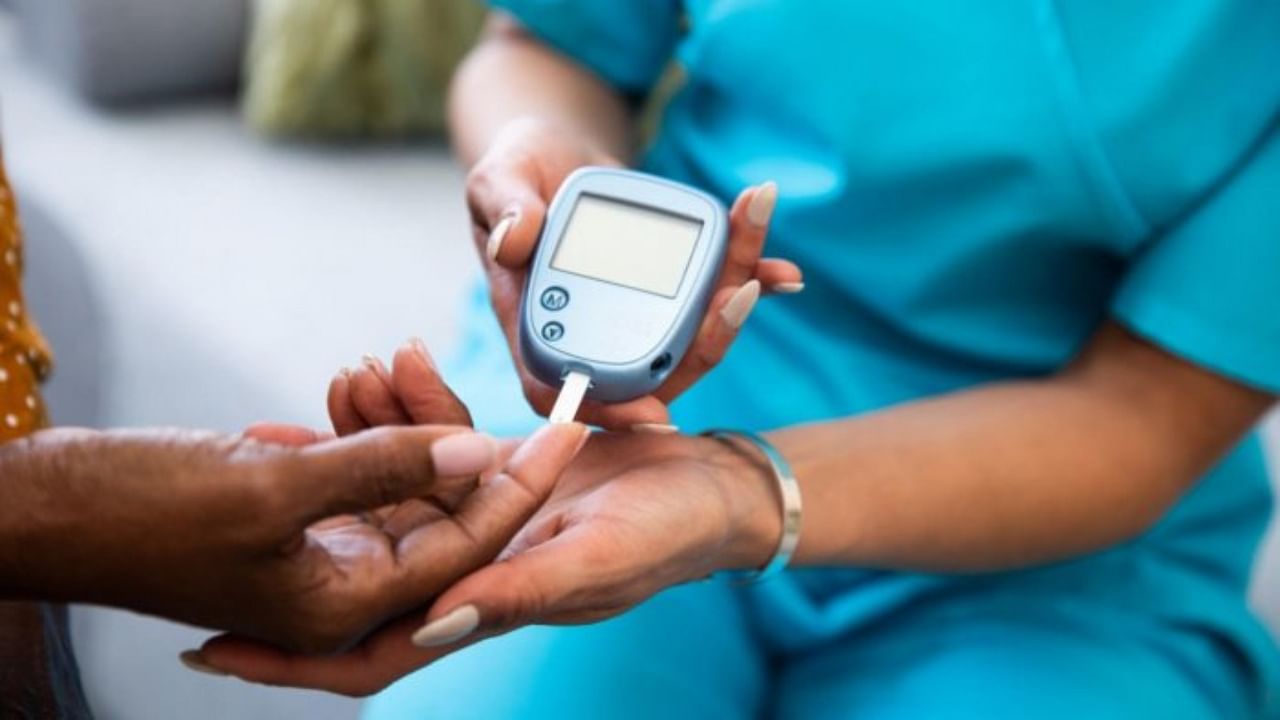
Childhood diabetes is on the rise, with a worldwide estimate of 1 lakh children under 15 years likely to develop Type- 1 diabetes. It develops due to a process called autoimmunity that leads to the permanent destruction of beta cells in the pancreas, resulting in little or no insulin production. This causes high blood sugar levels, which can lead to a variety of short- and long-term organ damage if not treated.
With a large adult population suffering from diabetes, India is already known as the world’s diabetes capital. In children, Type-1 diabetes is the most common form of the disease and can affect children as young as 1 year of age.
Also Read: Diabetes can drive up blood pressure
Type 2 diabetes, which was once regarded as a disease of adults, is increasingly on the rise in children and results from a combination of genetic and environmental factors. Children born with low birth weight and who grow rapidly during childhood can be at increased risk.
Excessive consumption of high-fat, calorie-dense foods, such as pre-packaged, refined, and processed foods, combined with minimal physical activity and an increased amount of screen time (as in watching TV, playing computer games, texting, etc.) rather than playing outside, contributes to children becoming overweight and obese.This increases their chances of developing type 2 diabetes and its complications by causing insulin production and action to go into overdrive. Studies have shown that the earlier onset of Type-2 diabetes in children tends to be more severe and progress faster than in adults.
There are also other rarer forms of diabetes that may occur due to genetic defects in insulin production or action, diabetes occurring in children with certain chronic diseases, or taking medications for other illnesses.
Children with diabetes can present with classic symptoms such as increased thirst, frequent urination, recent onset bedwetting, and weight loss despite having a normal or increased appetite. Younger children, in addition, may present with an increased frequency of infections, and failure to gain weight. Children with untreated Type 1 diabetes can present with ketoacidosis, wherein keto acids accumulate in the body and cause breathing difficulty, vomiting, dehydration, and excessive fatigue, which is often the first time the child is diagnosed with Type -1 diabetes. These children will need to be treated as an emergency.
Children with Type-2 diabetes are often overweight or obese, can have increased thirst and urination, feel tired easily, and may be unable to perform well at school.
Type 1 diabetes is managed with the help of daily insulin shots to the skin, blood glucose monitoring, meal planning with supervision from trained professionals, and family support. Timely diagnosis and screening periodically under the guidance of a trained professional can help prevent complications.
Type 2 diabetes is largely preventable. Preventing children from becoming overweight through healthy eating, keeping oneself physically active, and keeping screen time to a minimum.
It is necessary to get children’s blood sugars checked if there are any symptoms of diabetes is present. Children with Type 1 diabetes, once started on treatment, might temporarily go into a phase of very low insulin requirement, which is referred to as the “honeymoon” phase, and some might mistake this phase for being a cure for diabetes.
Omitting insulin without supervision by your doctor might have serious consequences for the child. Therefore, it is critical that your child be evaluated by a professional who can provide appropriate guidance.
Children with diabetes can lead a normal life with professional and family support. As parents, they must lead by example, especially in adopting healthy eating practices, keeping oneself physically active, getting your child checked if you feel your child is having symptoms of diabetes, and also getting your child screened for obesity.
Keeping the intake of high-calorie, high-sugar, and processed foods and sugary drinks to a minimum; adopting healthy eating practises such as eating a rainbow every day—at least 5 different types of whole fruits and vegetables in a day, consuming whole over refined foods, avoiding screen time during meals; and engaging in any form of physical exercise for at least 30 minutes a day.
(The writer is a paediatric endocrinologist in a Bengaluru-based hospital.)